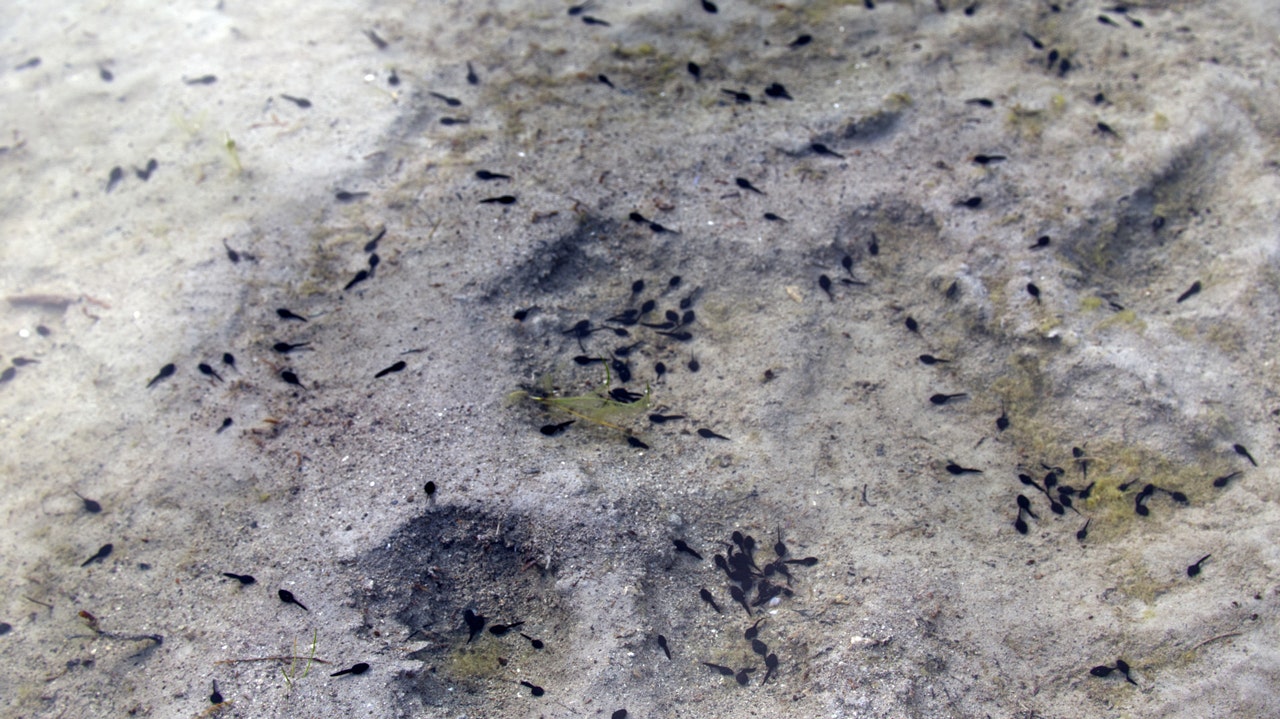161 million-year-old tadpole fossil discovered in Argentina is the oldest ever found

A remarkable discovery was made in Argentina, where a tadpole fossil dating back at least 161 million years was unearthed, making it the oldest of its kind ever found. The fossil, found in January 2020, was recently published in Nature on Oct. 30, 2024.
Interestingly, the team that made this groundbreaking discovery was not specifically looking for tadpole fossils. Instead, they were on the hunt for dinosaur fossils when they stumbled upon this remarkable find by accident. The fossil was found on a piece of sandstone and contained parts of the tadpole’s skull, backbone, eyes, and nerves.
Described as the oldest and most exquisitely preserved tadpole ever found, the fossil belonged to the Jurassic species Notobatrachus degiustoi. This discovery sheds light on the evolution of the life cycle of frogs and provides valuable insights into the development of tadpoles.
The fossil shared striking similarities with modern-day tadpoles, including the filter-feeding mechanism characteristic that is still present in tadpoles today. This fossil is a significant contribution to the field of paleontology and has helped narrow down the timeframe in which a tadpole transforms into a frog.
Measuring about six inches in length, the tadpole fossil is exceptionally large compared to modern frogs. While most tadpoles grow to be relatively smaller in size, the largest frog species today, the Goliath frog, can reach up to 12.5 inches and weigh up to 7.2 pounds.
Upon further investigation, researchers were amazed by the level of preservation of the tadpole fossil. Mariana Chuliver, a biologist at Buenos Aires’ Maimonides University, expressed her astonishment at the fossil’s quality, noting that it is the best-preserved tadpole ever discovered.
This extraordinary find has provided valuable insights into the evolution of frogs and their life cycle. The discovery of this ancient tadpole fossil has opened up new possibilities for research and has deepened our understanding of the history of these fascinating creatures.




